Last Updated on February 20, 2025
Want to learn more about RBAC?
In this guide, let’s discuss role-based access control in SharePoint Online and how to implement it.
Let’s get started.
Table of Contents:
As its name suggests, role-based access control relies on key components to control access efficiently in SharePoint.
These components include:
- Roles
- Groups
- Security integrations
We will discuss each of these components shortly but suffice to say that they have a role in proper access management.
Roles and Permission Levels
You’re already familiar with roles and permission levels, which basically define what actions users can take in SharePoint.
The default roles are site owner, member, visit, and permission levels being full control, edit, read, contribute, etc.
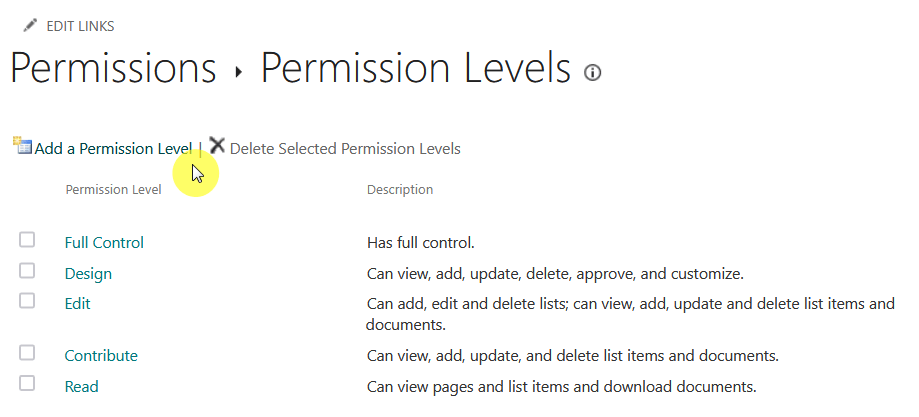
Roles and permissions are important as they make sure users only have access to the content they need.
On the part of admins, if you’re one, you’re duty here is to assign permissions wisely to prevent unauthorized changes.
I always recommend using groups to manage user permissions by organizing them with similar access needs.
Instead of assigning site permissions to individual users, you assign them to groups and manage them similarly.
Key groups in SharePoint include:
- Owners
- Members
- Visitors
But you can always create a group that suits the needs of your users:
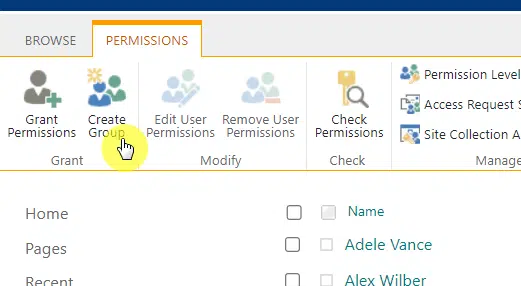
I prefer this because:
- This simplifies permission management by assigning access to multiple users at once
- It prevents manual permission assignments and reduces errors
- This improves security with consistent access levels
Using groups also keeps access organized and scalable as it’s easier to control permissions even if your team grows.
Microsoft Entra Security Groups
Similarly, Entra Security Groups also help manage user access in SPO by grouping users with similar roles.
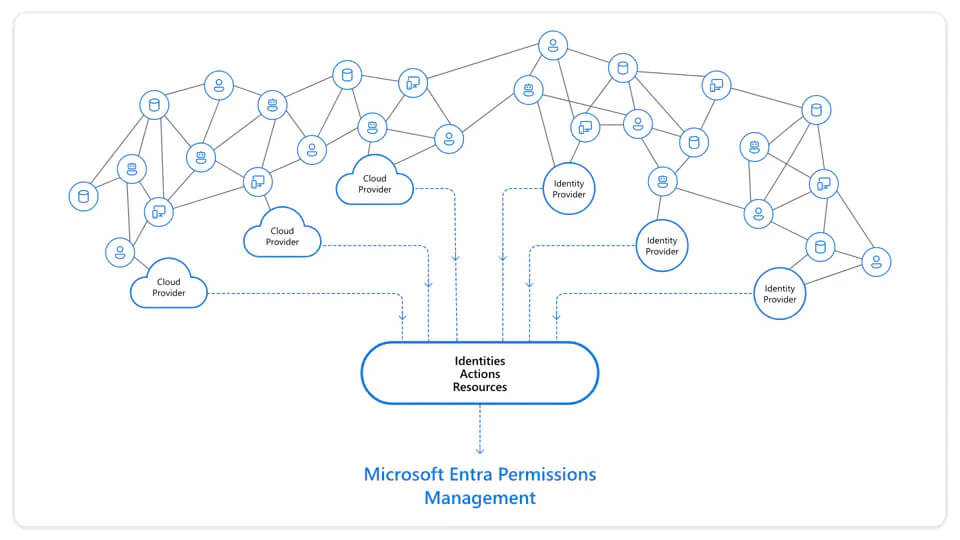
It has features for:
- Centralized access control
- Integration with SharePoint
- Automation and scalability
- Security and compliance
Like earlier, Entra Security Groups can reduce manual work and make sure there’s consistent access control.
The difference here is that it can enhance security by aligning with broader Microsoft 365 policies.
Sign up for exclusive updates, tips, and strategies
With the components I mentioned earlier, you can easily see how it all fits together in implementing RBAC in SPO.
Let’s divide the implementation into three steps:
Step 1: Planning and Defining Roles
Before you start setting up RBAC, it’s important to first define the roles to get the right level of access.
What you need to do here is to:
- List key roles in the organization such as admins, managers, and team members
- Define what each role should be able to view, edit, or manage
- Group users with similar roles to make permission management simpler
You can start analyzing how different teams use SharePoint, and then assign permissions based on job functions.
Step 2: Assigning Permissions to Roles
Next up is assigning SharePoint permissions so that users have the correct access based on their responsibilities.
Here’s a hint on seeing what the roles should do: Look into the list of permissions when creating a custom access.
You will find there a list of different permissions you can include:
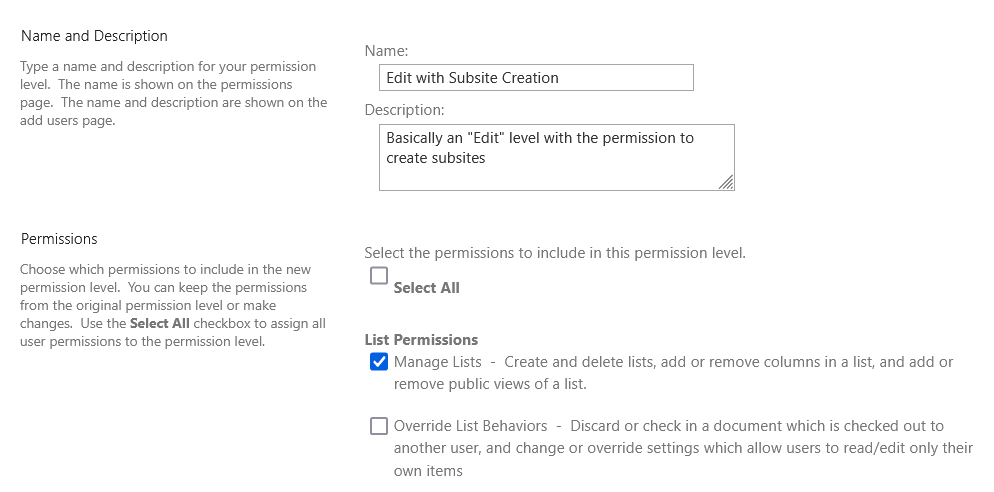
As I always say, avoid assigning permissions to individuals whenever possible and instead use groups.
You will need to review and update permissions regularly as team structures change to prevent unauthorized access.
Step 3: Assigning Roles to Users and Groups
Once roles and permissions are defined, the next step is actually assigning them to users and groups.
This is where you:
- Add users to SharePoint groups
- Use Microsoft Entra Security groups
- Grant direct access when necessary

If you’re confused about SharePoint groups and Entra groups, here’s an easy fix:
Use groups for SharePoint site-level permissions, while Entra groups help control access across multiple sites.
Best Practices for Managing RBAC in SPO
Managing RBAC requires ongoing maintenance, which is where best practices come into play to help.
Here’s three things I recommend:
1. Principle of Least Privilege
The Principle of Least Privilege (PoLP) states that users should only have the access they need to perform their tasks.
This can mean:
- Assigning only the necessary access for each role
- Using groups instead of individuals
- Regularly checking and updating permissions as roles change
In other words, always avoid giving full control to a user or group unless absolutely necessary.
Too many permissions can lead to accidental or malicious data changes and it will be harder for you to track.
2. Regular Audits and Monitoring
This is what I mean when I mention regular monitoring or reviewing permissions.
Regular audits and monitoring can help you maintain proper access control in SharePoint Online.
SharePoint has a built-in audit log feature you can use:
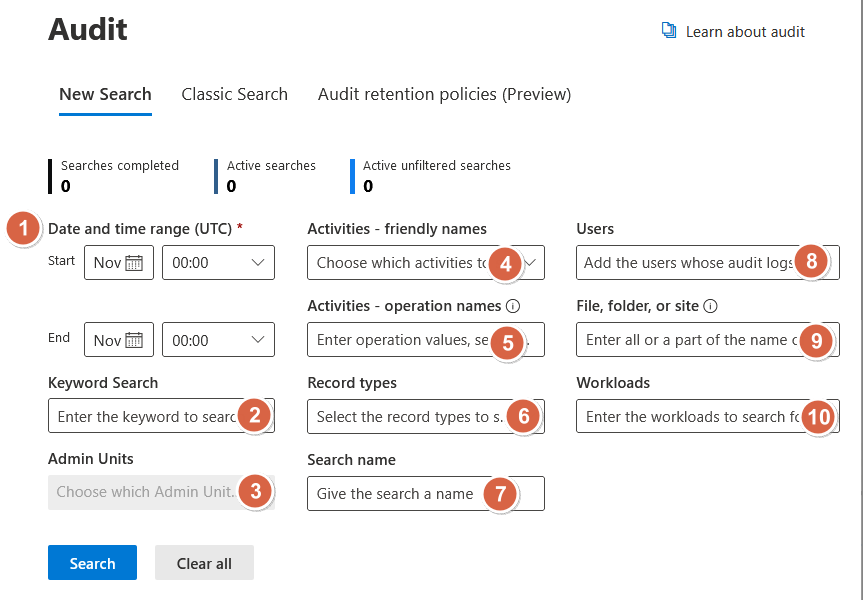
On the other hand, you can also take a look a third-party tools that can help with permission management like:
- DeliverPoint
- ManageEngine SharePoint Manager Plus
- ShareGate
It’s nice to have automated reports to identify outdated or excessive access rather than having to manually generate them.
It takes away some hindrances for you to actually be able to audit and monitor the permissions.
3. Training and User Awareness
But the most effective method is to train users so they would know how to maintain secure access in SPO.
At the very least, employees should understand their roles and responsibilities when handling permissions:
- Educate users on access levels
- Promote security best practices
- Provide ongoing training
A well-informed team will be able to reduce the risk of accidental data exposure, especially when they have clear guidelines.
That’s why regular training is the key. 🙂
Do you have any questions about role-based access control in SharePoint? Let me know below.
For any business-related queries or concerns, contact me through the contact form. I always reply. 🙂

